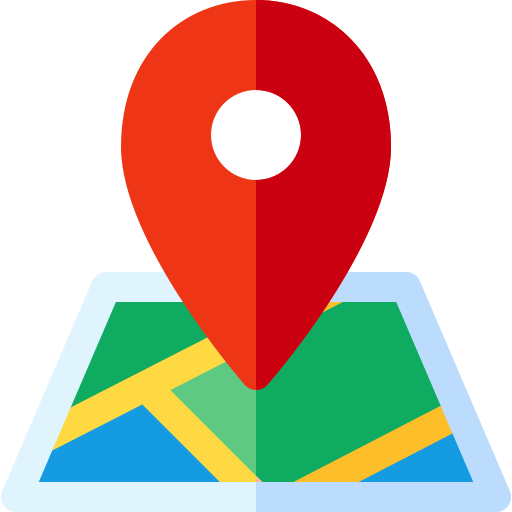The Power of Personalization in Marketing: Trends and Tips
In an age where customers expect tailored experiences, personalization in marketing has become more than just a trend—it’s a necessity. Studies show that personalized marketing can significantly boost engagement, customer satisfaction, and ROI. By delivering relevant and timely content, businesses can foster deeper connections and stand out in today’s competitive marketplace.
In this blog, we’ll explore the latest personalization trends and share actionable tips to help you craft campaigns that truly resonate.
Why Personalization Matters
Personalization allows businesses to:
- Enhance Customer Experience: Tailored content makes customers feel valued and understood.
- Increase Engagement: Personalized messages have higher open and click-through rates.
- Boost Conversion Rates: Customers are more likely to act on offers that are relevant to them.
- Build Loyalty: A personalized approach fosters trust and long-term relationships.
Trends in Personalization
1. AI and Machine Learning
Artificial intelligence (AI) and machine learning are driving hyper-personalization. These technologies analyze customer data to predict preferences and deliver tailored recommendations in real-time.
Example: Platforms like Netflix and Spotify use AI to suggest shows and playlists based on user behavior.
2. Behavioral Segmentation
Gone are the days of broad demographics. Businesses now segment customers based on behavior, such as browsing history, purchase patterns, and engagement levels.
Example: E-commerce sites offering product recommendations based on previous searches or abandoned cart items.
3. Dynamic Content
Dynamic content adapts to the user in real-time. Websites, emails, and ads change their content based on user behavior or preferences.
Example: A travel website showing vacation packages based on the user’s last search.
4. Personalized Email Marketing
Email marketing continues to be a powerful channel, especially when personalized. Adding names, purchase history, or tailored offers significantly increases email effectiveness.
5. Location-Based Marketing
Location-based personalization allows businesses to send targeted offers and notifications based on the customer’s physical location.
Example: A coffee shop sending push notifications about discounts to nearby customers.
Tips for Effective Personalization
1. Collect the Right Data
The foundation of personalization lies in data. Use surveys, website analytics, and customer feedback to gather insights into your audience’s preferences and behaviors.
Pro Tip: Always ensure data collection complies with privacy regulations like GDPR or CCPA.
2. Segment Your Audience
Divide your audience into specific segments based on demographics, behavior, or preferences. This allows for more targeted and relevant messaging.
3. Use Personalization Tools
Leverage tools and platforms like HubSpot, Salesforce, or Mailchimp to automate and optimize personalized campaigns. AI-driven tools can also provide valuable insights into customer behavior.
4. Focus on Relevant Channels
Personalization works best when it reaches the audience on the channels they prefer. Identify whether your customers engage more with email, social media, or SMS, and tailor your efforts accordingly.
5. Test and Refine
A/B testing is crucial for optimizing personalization. Test different approaches to see what resonates most with your audience and refine your strategy accordingly.
6. Prioritize Privacy and Transparency
While personalization is powerful, it’s essential to respect customer privacy. Be transparent about how you use their data and provide opt-out options.
The Future of Personalization
As technology evolves, personalization will continue to grow in importance. Advances in AI, augmented reality (AR), and predictive analytics will enable even deeper levels of customization. Brands that embrace these trends and prioritize customer-centric strategies will stay ahead of the competition.
Final Thoughts
Personalization isn’t just a marketing buzzword—it’s a proven strategy that can drive engagement, loyalty, and revenue. By understanding your audience, leveraging the right tools, and staying ahead of trends, you can create memorable campaigns that truly connect. Start small, measure your results, and watch your marketing efforts transform.
Posted on: 21-05-2024




